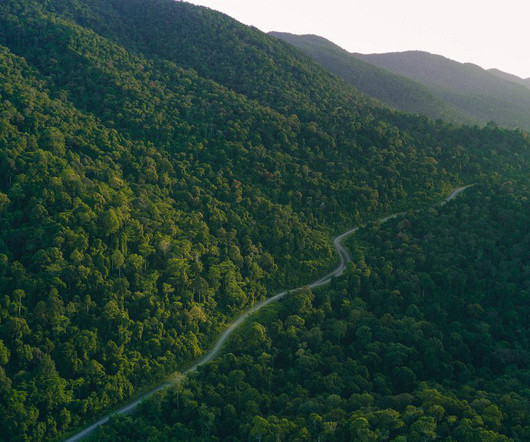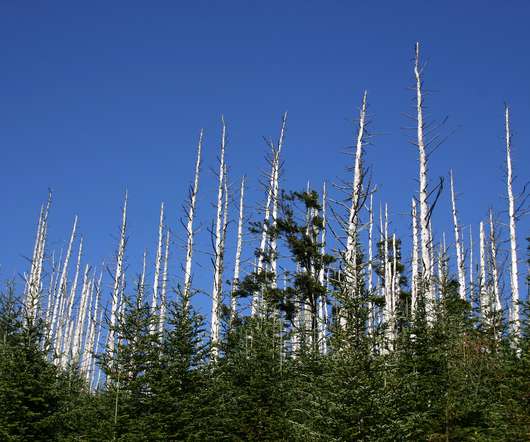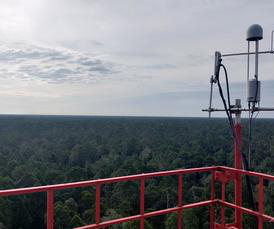Replanting logged forests with diverse mixtures of seedlings accelerates restoration, says study
Envirotec Magazine
SEPTEMBER 18, 2023
The experiment was set up by the University of Oxford’s Professor Andy Hector and colleagues over twenty years ago as part of the SE Asia Rainforest Research Partnership (SEARRP). This includes both the physical and environmental conditions that the species is adapted to, and how it interacts with other organisms.















Let's personalize your content